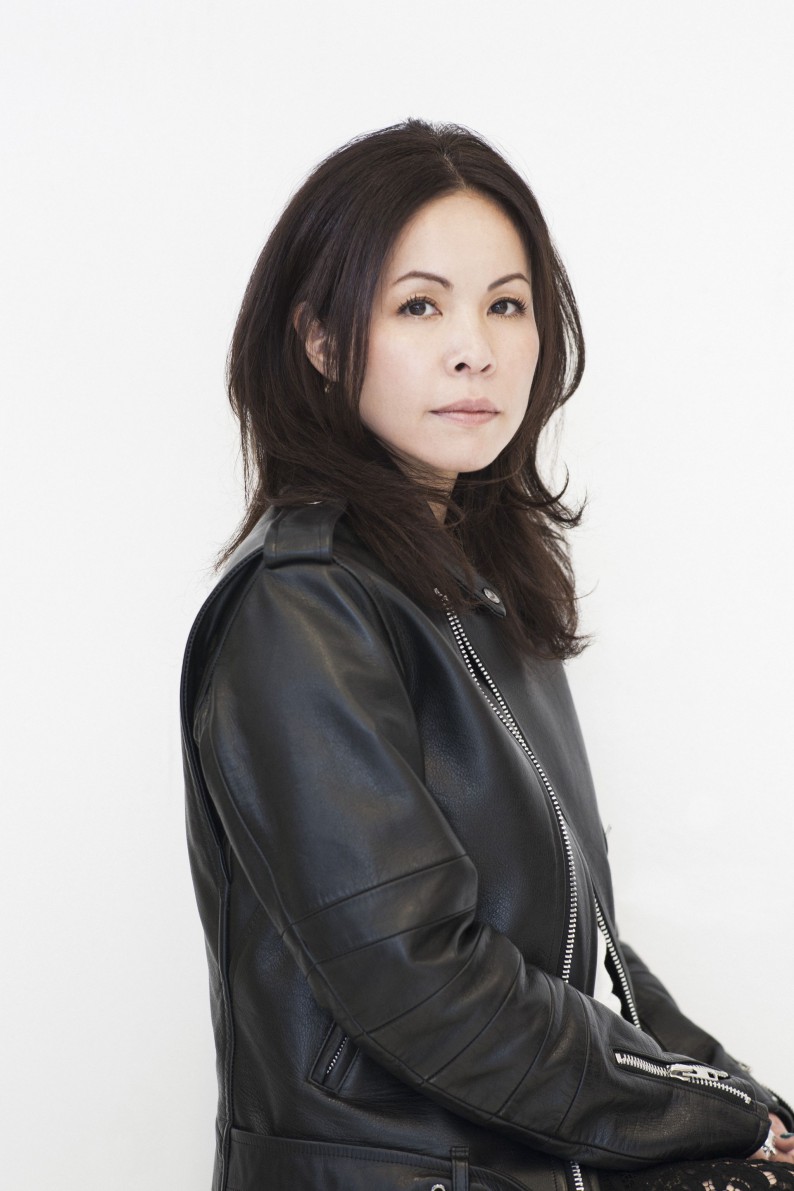The Sacai brand is steadily raising its levels of creation and business. In speciality stores in Europe and the United States, the brand’s products are being retailed in large spaces alongside luxury brands.
At what stage is the company today, 16 years after its launch? We asked designer Chitose Abe to share her thoughts on this.
Last year, Sacai established itself as a brand in the United States. The background to this move is the increasingly global nature of the business within the last 10 years.
If we were to talk about creation, including distribution, the key point would be how it is communicated. I would like to communicate Sacai’s concepts directly to the market. To that end, it is vital to fix points where profit and opinion are in conflict. We have to ensure global uniformity and consistency in Sacai’s concepts.
The United States is the main base for disseminating information to the world. Since instituting distributors in the United States, prices have risen. In order to successfully make adjustments for this, one of our global strategies has been to establish the company in the United States.
We began in October last year with two staff members. Although sales stability was a must, I did not give very specific or detailed instructions, including for the profit margin. What I cared about was whether the company considered things from the perspective of the customer, and that Sacai’s concepts were accurately communicated. These were the top priorities.
When we took this into consideration, we focused on approaching customers in our position as Sacai. We found people who were able to consider only these points in their role as a distributor, rather than those dealing with a variety of brands. In order to capture the hearts of customers and stores, we wanted to have the help of those who could really reach our audience.
In a market of global high-end brands, Sacai has become a label that can occupy a significant corner of retail space. In order to fulfil this, a new stage in the strategy of the business is necessary. The company is building a system which incorporates logistics considerations so as to ensure the secure delivery of large orders.
We are putting in place changes to our logistics and distribution systems. Having established logistics bases in the United States and Belgium, we will deliver our products from these bases across the world, beginning in the spring/summer 2015 season.
In our current system, the production management department is notified once payment has been received, and arrangements are made at the warehouse to ship out the products. With this system, it took one week from the date that payment was received to ship out the products. However, by establishing logistics bases in the United States and Belgium, we are now able to deliver products the day after payment is received.
If an order worth 50,000 Euros were received for Europe, how many deliveries would that entail? A European brand would be able to break that down into many smaller deliveries. Previously, Sacai would not have been able to do this. I wanted to have a system that would enable us to do it.
If our distributors succeed in selling many of our products for us, we are responsible for ensuring that the retail space is not left empty simply because we have run out of stock. Even if we had a retail space in Selfridges, we would not be able to continue if we lacked stock.
We must maintain a certain degree of presence in the luxury market. The best retail space is one presenting the greatest competition. It is necessary to constantly maintain high stock levels for both the rate of consumption as well as delivery.
Pages: 1 2

